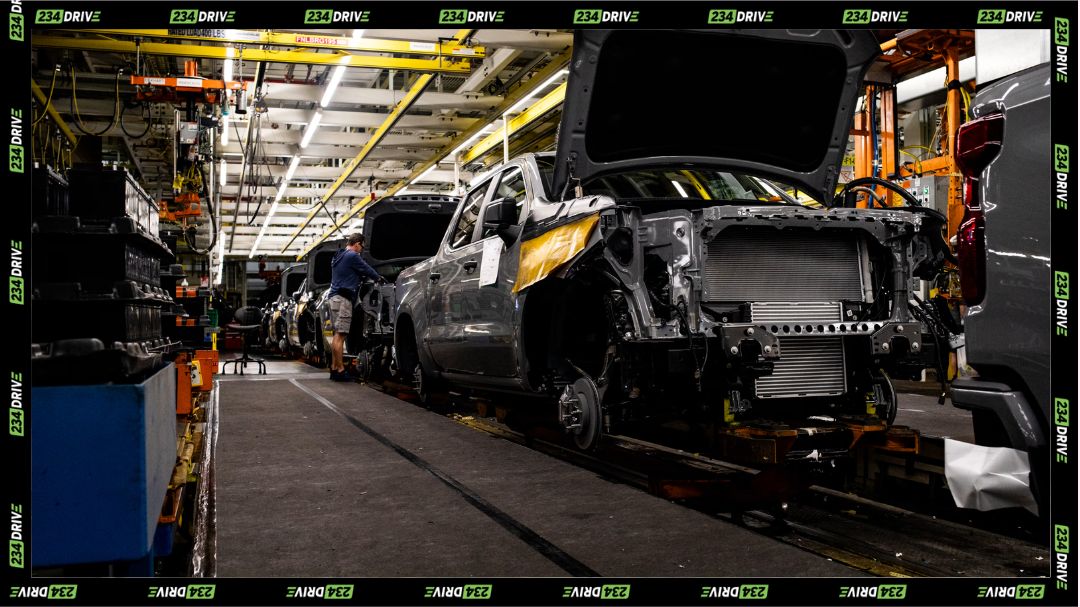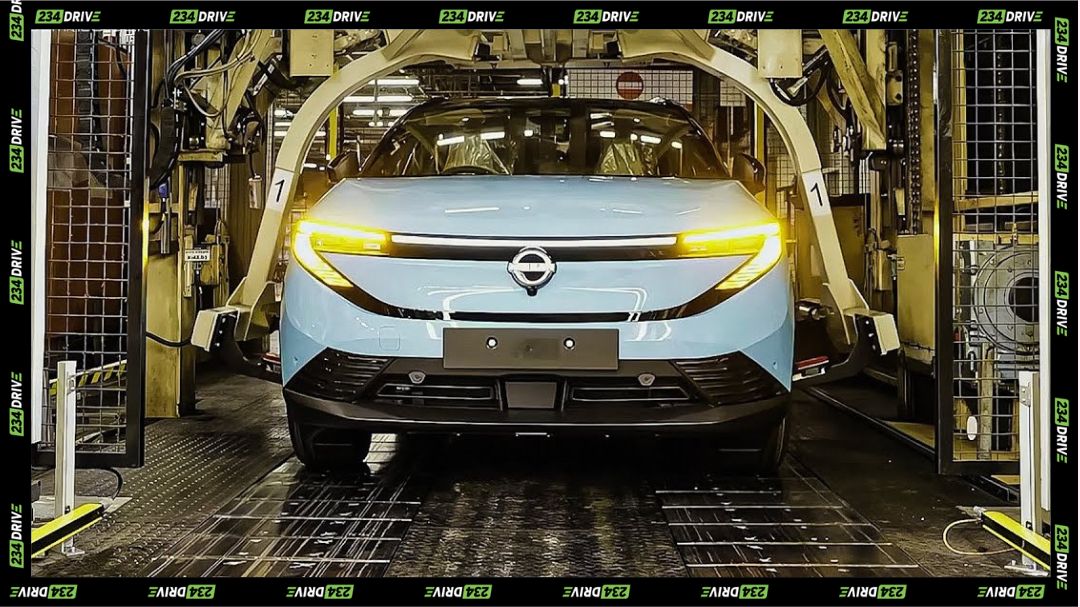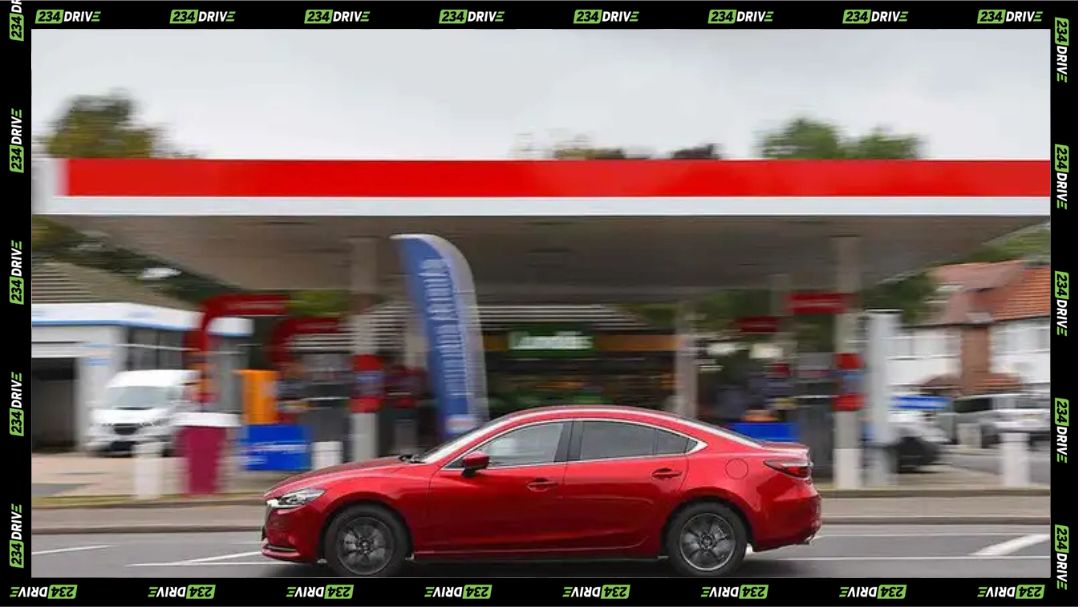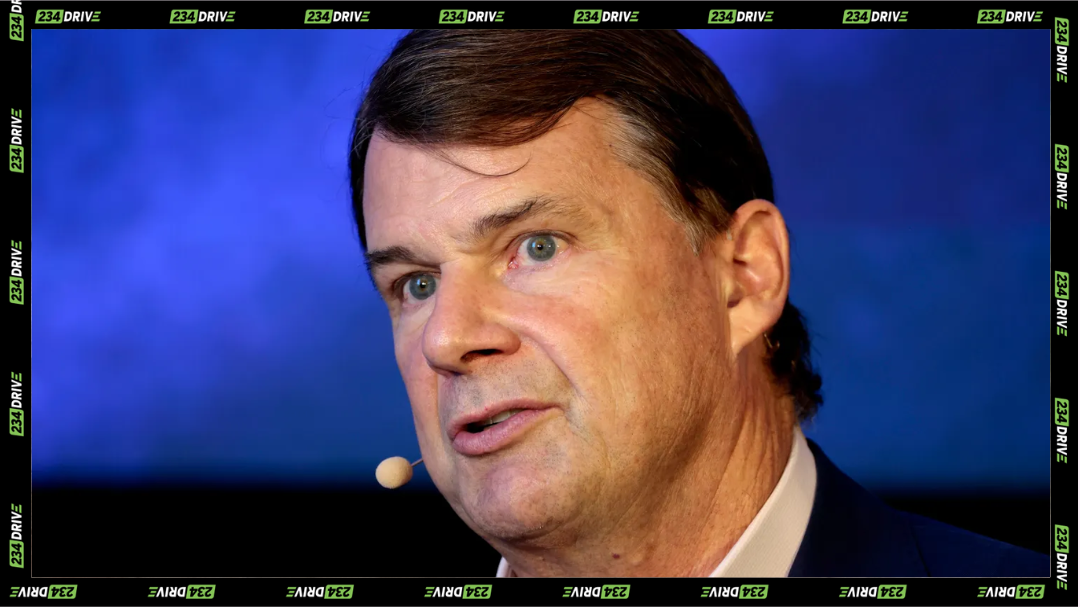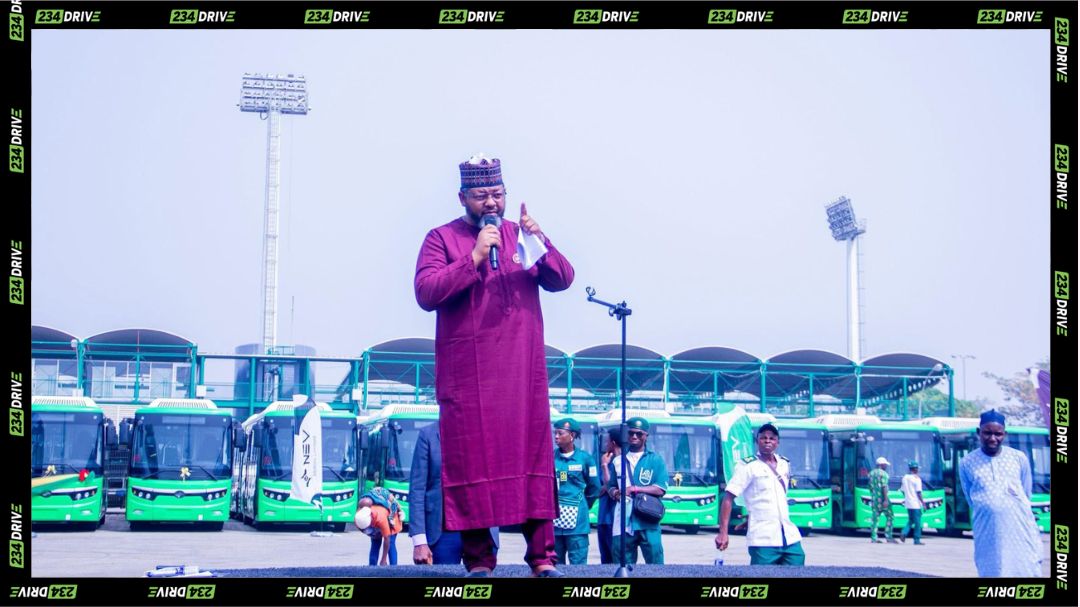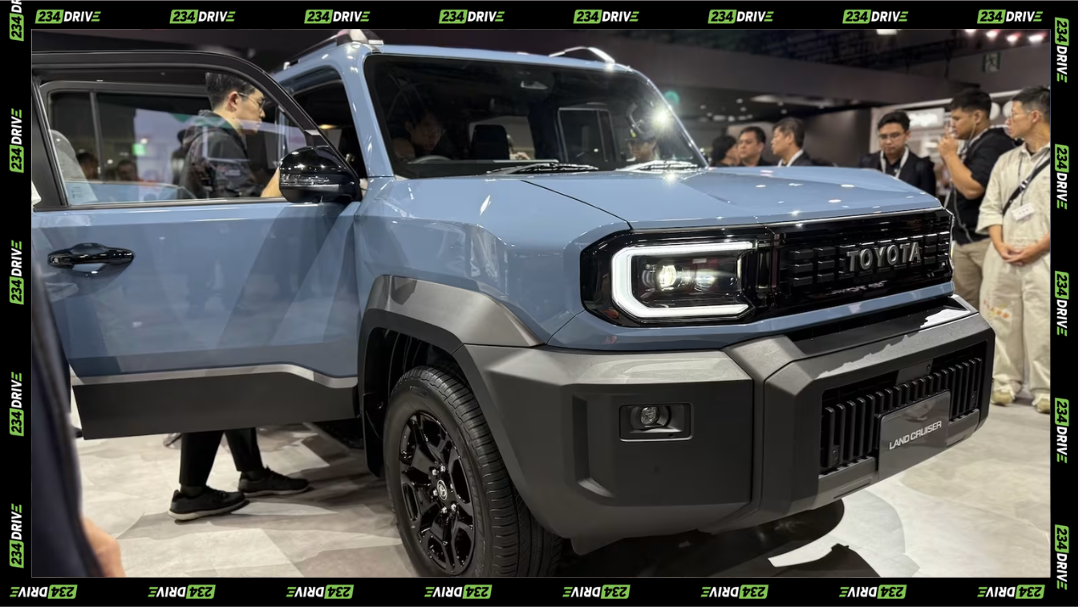If you own a Ford Ranger with the 3.0L V6 turbo-diesel engine, this matters. In May 2025, Ford issued a major recall in Australia affecting over 13,000 Rangers and Everests built between 2022 and 2025. The issue? A camshaft sprocket defect that can cause engine failure without warning. It started in Australia, but that doesn’t mean other regions are in the clear. If your truck shares the same engine, you’re not off the hook. Here’s what’s going on—and what you should do next.
Why Is There a Recall?
Ford Australia has officially recalled 13,490 units of the Ford Ranger and Everest models built between 2022 and 2025. The culprit? A manufacturing defect in the left-hand engine camshaft sprocket of the 3.0L V6 turbo-diesel engine.
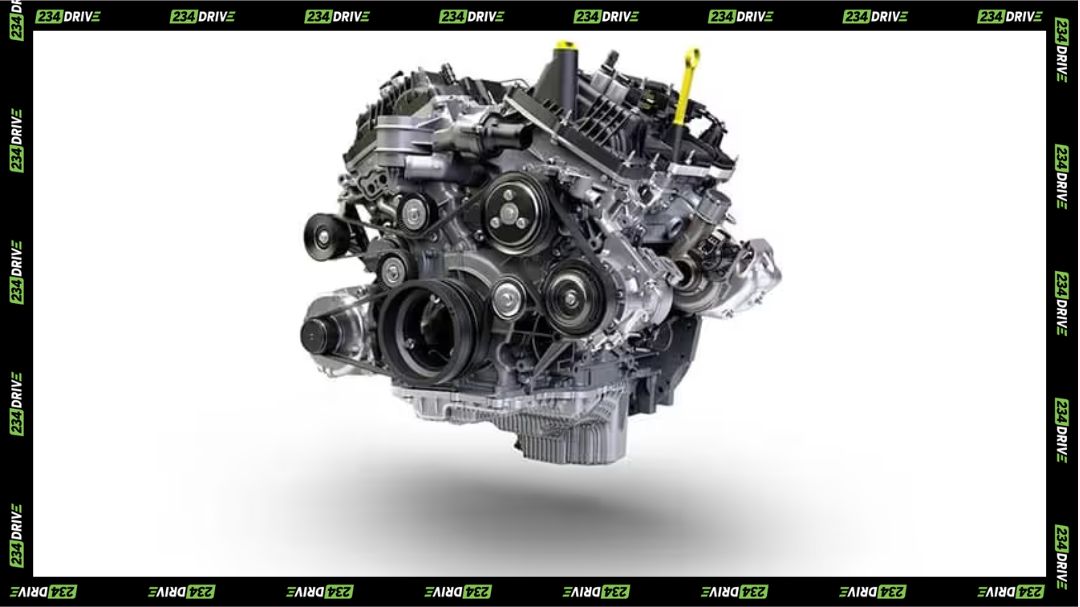
This defect can cause the engine to stall without warning—a dangerous scenario, especially at highway speeds. Imagine losing all power in the middle of overtaking or while towing a trailer. That’s not just an inconvenience; it’s a serious safety hazard that could lead to serious injuries or even fatalities.
This kind of mechanical fault, though rare, raises alarms because it involves one of the engine’s core components. The camshaft sprocket plays a crucial role in timing the movement of the engine’s valves. A failure here could result in catastrophic engine damage if not caught early. That’s why Ford is stepping in to fix this proactively.
Affected Models in Australia
The recall covers several trims of both the Ford Ranger and Everest. If your vehicle falls into any of the categories below and was manufactured between 2022 and 2025, you should act immediately:
- Ford Ranger: XLT, Wildtrak, Sport, Platinum
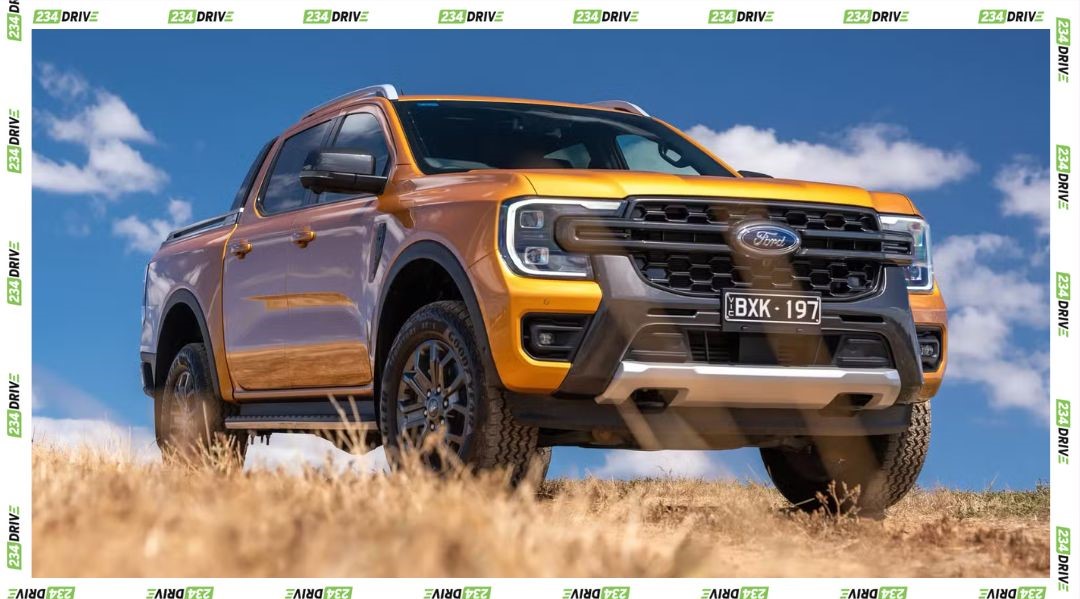
- Ford Everest: Sport, Wildtrak, Platinum
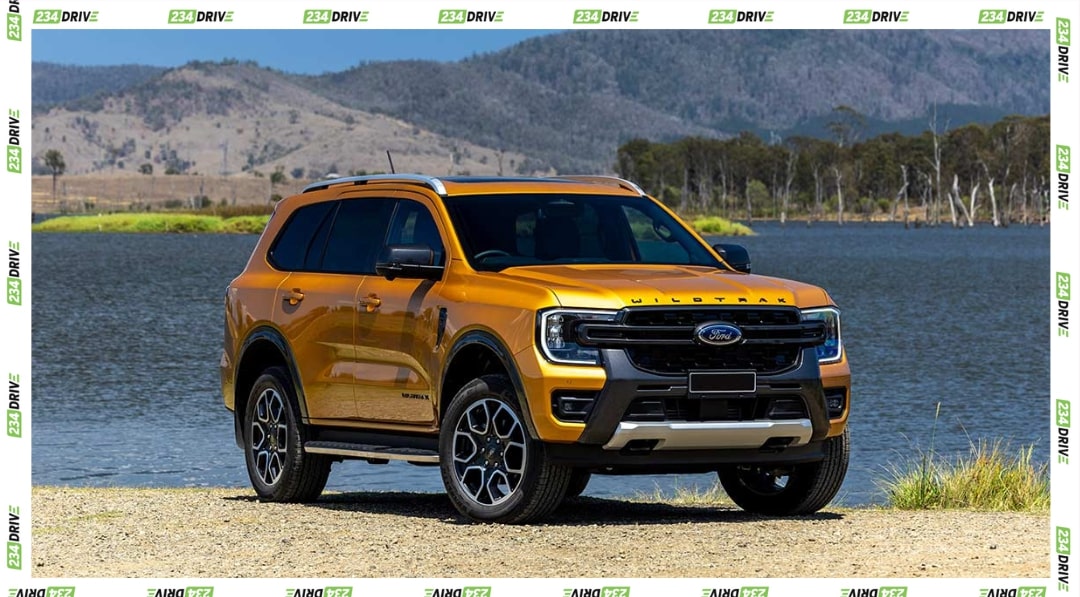
All these models are equipped with the 3.0L V6 turbo-diesel engine—popular for its power and off-road capabilities but now under scrutiny due to this defect.
What’s Being Done?
Ford is offering free inspections and repairs through authorised dealerships. Affected owners are being contacted by mail and encouraged to schedule their service appointments without delay.
Owners also have the option to check their VIN through Ford Australia’s official recall checker. According to the Australian Government Vehicle Recalls site, the campaign number for this recall is 25S39, and it is registered under ID REC-006341.
Ford’s approach demonstrates a serious commitment to driver safety, and the absence of any reported accidents so far is a testament to the effectiveness of early intervention.
What About the United States?
As of June 3, 2025, there is no equivalent recall for the 3.0L V6 turbo-diesel engine in the USA. Despite the popularity of the Ford Ranger in North America, the specific issue affecting Australian units hasn’t surfaced stateside—at least not officially.
However…
That doesn’t mean everything is smooth sailing for American Ranger owners. A separate issue triggered a recall for the 2024 Ford Ranger equipped with the 2.7L EcoBoost V6 engine. This recall stems from a fuel vapor leak due to a poorly fitted bracket securing the fuel vapor line.
Details of the U.S. Recall:
- Affected Model: 2024 Ford Ranger (2.7L EcoBoost V6)
- Issue: Fuel vapour line bracket could fail, leading to potential leak
- Solution: Ford will install a tie strap to secure the bracket at no charge
- Notification Dates: November 25–29, 2024
The recall was officially published by sources like Autoevolution and verified by the National Highway Traffic Safety Administration (NHTSA).
So while the issue differs, it’s clear that quality control and engineering safety continue to be a priority for Ford across all markets.
Why Is This Recall Regional?
You may be wondering why this recall only affects Australia. Vehicle recalls often vary by region for several reasons:
- Different Production Batches: Parts like the camshaft sprocket might come from different suppliers in different regions.
- Market-Specific Configurations: The engine configurations sold in Australia may vary slightly from those in North America.
- Regulatory Vigilance: Australia’s vehicle safety regulators, like the ACCC, may have detected the defect earlier due to stringent safety checks.
Additionally, environmental factors such as dust, humidity, or even road conditions could accelerate wear and reveal faults faster in certain climates.
Comparison Table: V6 Engine Recalls
To make sense of these differences, here’s a side-by-side comparison:
| Region | Engine Type | Years Affected | Units Affected | Issue | Fix |
| Australia | 3.0L Turbo-Diesel V6 | 2022–2025 | 13,490 | Camshaft sprocket defect, risk of engine stall | Free inspection & repair |
| USA | 2.7L EcoBoost V6 | 2024 | Not Disclosed | Fuel vapor leak from loose bracket | Install tie strap, free repair |
This snapshot illustrates the importance of localized recall systems and why vehicle owners everywhere need to remain vigilant.
Owner Responsibilities: What Should You Do?
For Australian Owners:
- Check your VIN: Use Ford’s online tool to verify if your vehicle is affected.
- Schedule Repairs: Book a visit to a certified Ford dealership.
- Avoid Delay: Even if your vehicle is performing fine now, ignoring the recall could be dangerous.
For U.S. Owners:
- Monitor Updates: Keep an eye on NHTSA and Ford’s official channels.
- Stay Informed: Check your VIN periodically, especially if you own a V6 variant.
- Don’t Panic: No issues have been officially reported for the 3.0L V6 in the U.S., but caution never hurts.
Expert Opinions and Industry Insight
Automotive experts stress that proactive recalls like this one are an essential part of modern vehicle ownership. While recalls can be frustrating, they are also an indication that the system is working.
Ford’s swift action shows it is prioritising safety over reputation—which is the right move. Industry analysts also note that this particular engine, part of the ‘Lion’ family co-developed with PSA Peugeot Citroën, has generally been reliable. However, defects like this remind us that even the best components can fail.
Frequently Asked Questions (FAQ)
Can I continue driving my recalled Ford Ranger until it’s repaired?
It’s not advisable. While your vehicle may appear to run normally, the risk of sudden engine stall could result in a serious accident.
How long will the repair take?
The inspection typically takes a few hours. If a repair is needed, Ford will arrange it—usually at no cost and within the same day.
Is this recall likely to expand to other regions?
There’s no official word, but it’s possible if similar defects are reported in other markets.
Can I sell my recalled vehicle?
Yes, but the recall status must be disclosed to the buyer. It’s better to have the issue resolved first.
Final Thoughts
Ford has taken a commendable step in alerting its Australian customers, and although the issue hasn’t crossed into other markets, drivers everywhere should stay updated.
If you own a 3.0L V6 Ford Ranger or Everest, take a moment to verify your VIN and read the latest notices. A few minutes of your time could prevent a costly repair—or worse.


